I\O Acoustics Volare Review: Highlights of Yesterday
The Chinese IEM scene has seen many new brands rise to prominence with high performing products debut. I\O Audio is one of the latest companies to join this trend with the release of the $600 Volare. Fc-Construct takes a listen and explains why it might be worth a look... and why it might not.
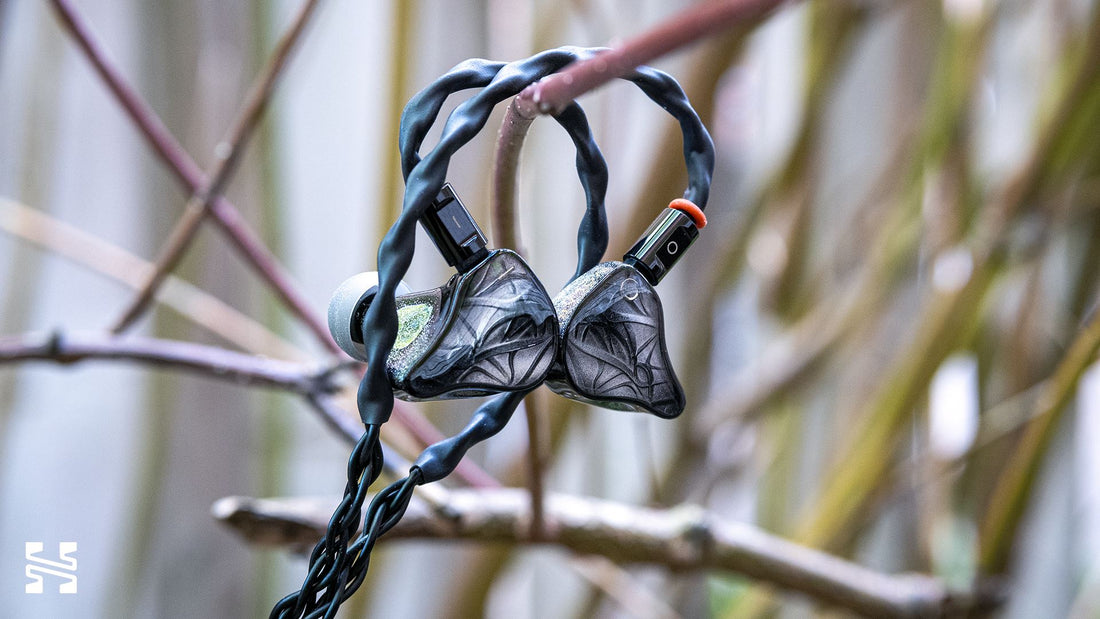
Introduction
I’ll let you in on a not-so-hidden secret: the Chinese IEM scene is actually one big rotating door of audio engineers branching off to start their own companies. Hence the explosion of reasonably well-tuned, but similar products from unknown brands being pushed by storefronts like Linsoul or HiFiGo or Shenzhen Audio. The latest in this trend is I\O Audio. A completely new company with one product thus far: the $600 Volare. Let’s see what they have to offer.
Source(s) used: Ferrum ERCO Balanced DAC and Headphone Amplifier and Apple USB-C dongle
My I\O Audio Volare unit was provided by Shenzhen Audio for review.
What we like
- Excellent bass performance
- Great sense of articulation
- Solid imaging and positioning
- Comprehensive accessory set
What we don’t like
- Harman-like tuning (?)
- Too same-y to other existing products
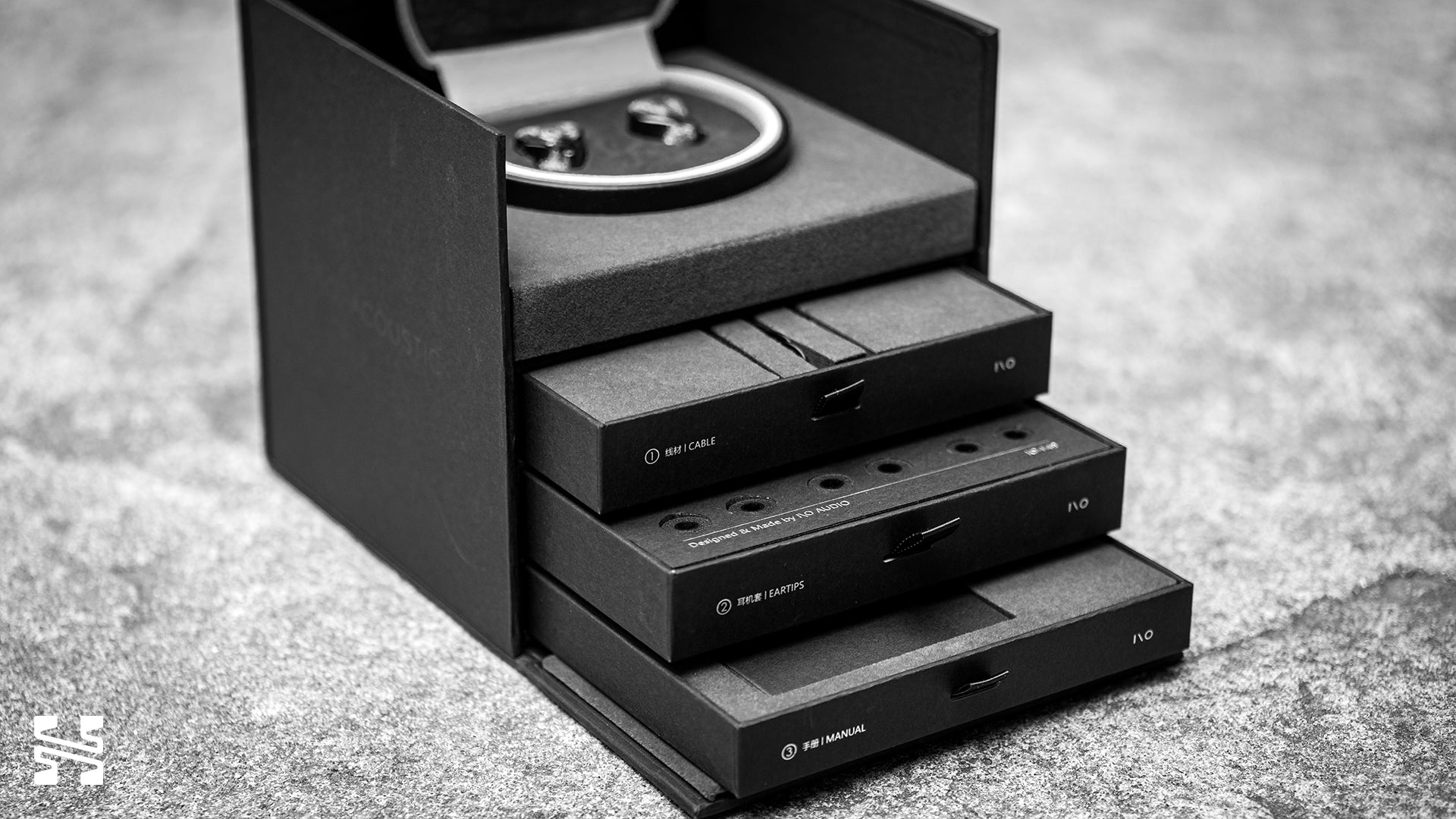
Build and Fit
The unboxing experience of the Volare is quite premium. The I\O Audio team clearly wanted to make a splash with their first release. We get a cube with a flip-top leading to multiple pull-out layers, each with a different set of accessories. Here’s what you get:
- The Volare itself in an oversized carrying case
- A black 2-pin braided cable. The termination is modular and can be swapped between the included 2.5/3.5/4.4 mm screw-on jacks. Neat. I like this cable, even if the sheathing material feels slightly plastic-y.
- 5 sets of I\O Audio’s house tips. They’re all slightly different from one another, such as the size of the opening or the stiffness of the core. The ST50 model has a SpinFit-like mechanism. Unfortunately, I’m not a big fan of their construction. The silicone feels thinner and flimsier than normal and seems to deform in my ears. The TW43 model was the best in this regard, and the one I stuck with for this review.
In terms of fit, the Volare is one of the better IEMs being released in today’s market. While it is still on the larger side, it has an ergonomic design that fits easily in my ear. It’s stable and hassle free. I’ve brought it on 4-hour plane rides and didn’t take them out so I’d say that’s a pretty good sign of their comfort.
For those interested, the Volare utilizes a 1 DD + 4 BA + 4 EST driver configuration. My usual disclaimer applies here - don’t buy anything based on their driver set-up.
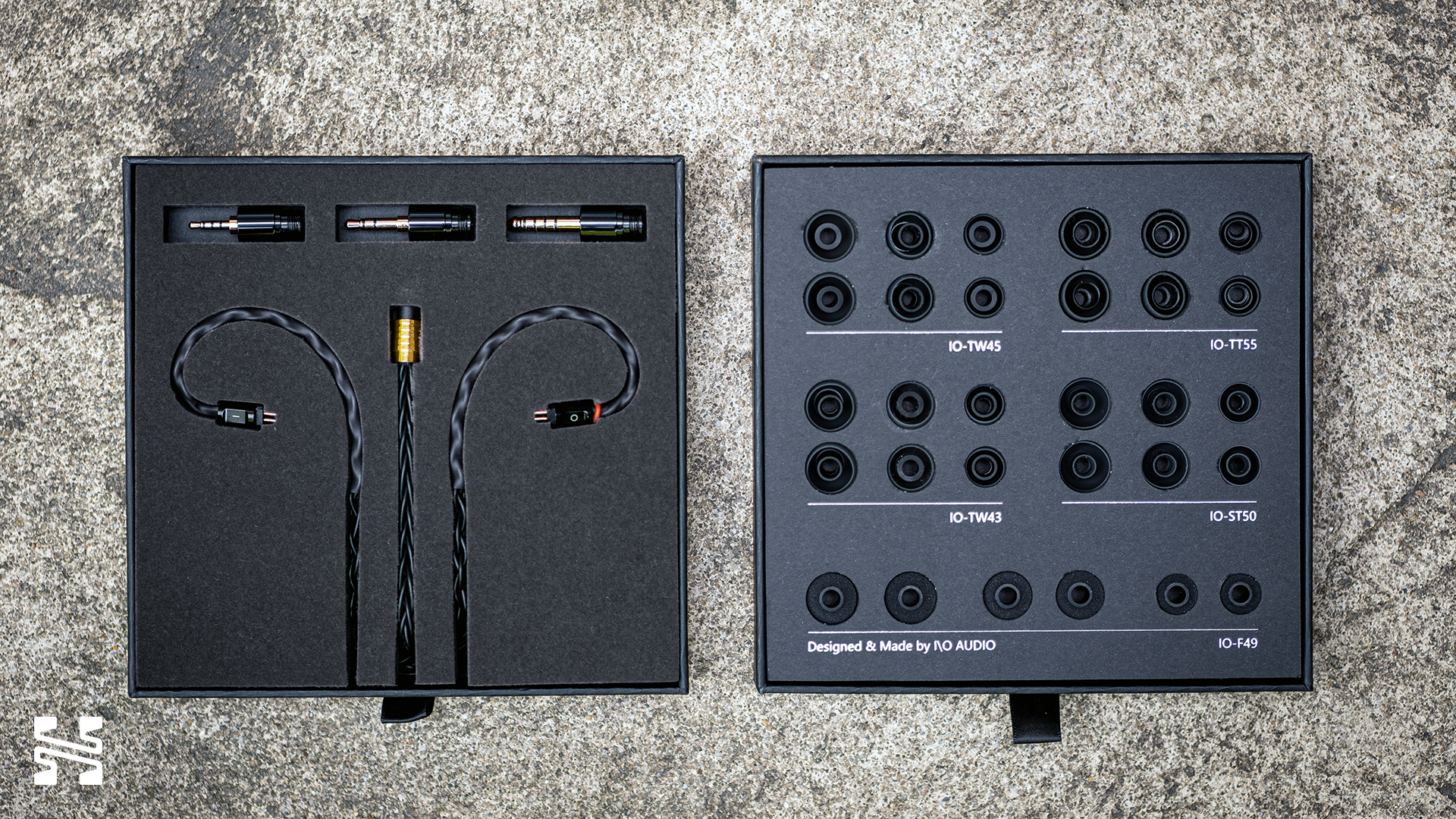
Sound and Frequency Response
Here is the frequency response of the I\O Volare taken using the industry leading B&K 5128 measurement system. The wide grey bands are preference bounds from research that show the limits of how much deviation/tonal color a headphone or IEM could have from DF HRTF that people still found acceptable without it starting to be perceived as imbalanced. Here’s a great video primer if you want to know more about what that means.
As we can see from the graph, the Volare is on the extreme ends of the preference bounds. Meaning that you’re likely to start hearing it as being tonally colored. This isn’t necessarily a bad thing - just that it wouldn’t be considered a preferred “neutral” per the DF HRTF (+10 dB downwards slope) calibration.
Using the raw graph, we can get a better sense of the Volare’s tuning as it deviates from the preference bounds. In short, the Volare is more akin to the older generation of Harman-like IEMs that were all the rage a year or two ago that might be phasing out now that the B&K 5128 standard has affected the way we look at measurements. The recent DUNU x Gizaudio Da Vinci is a good example of that trend shift.
Now, I won’t lie. I do enjoy the older generation Harman-like IEMs that the Volare is representative of. Note that I’m saying “Harman-like”, rather than Harman itself as not many IEMs are tuned quite to the extent of Harman IE 2019. Either way, while my tastes may have shifted as I’ve become used to IEMs that are more in-line with the preference bounds, I have no disdain for the older IEMs. What I am more critical of is the same-ness that many of these IEMs have.
Thankfully however, despite ostensibly being an IEM I’ve heard a dozen times before, the Volare has a couple of features that I think give it an edge against the crowd.
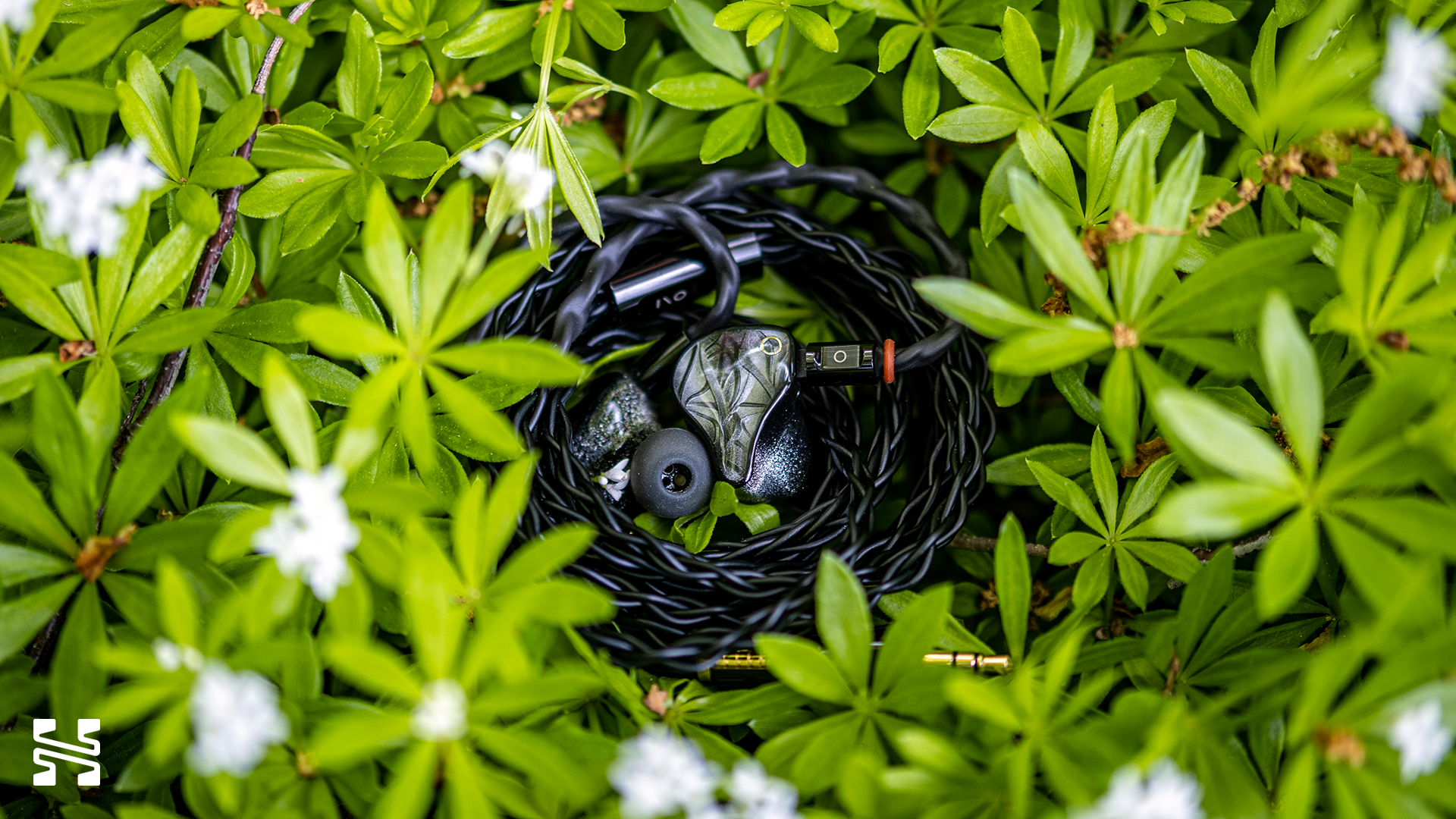
Bass
The bass is the first place where the Volare shows its merit. It’s surprisingly good in a sea of IEMs where bass performance can be described as middling. The Volare’s bass is deep and impactful, appropriately punchy but simultaneously weighty in the subbass. There’s a firmness to the notes like when the kick drum buries the head so you hear the depth of the drum’s resonant body. The transient attack has a nice rounded nature to it but is still sharp enough to provide plenty of note definition and punch. There is no muddiness present here. The transition into the lower mids is seamless. Bass dynamics are also satisfying. Big notes barge right through with a level of energy that does justice to many recordings. The only knock I have against the Volare’s bass is that it is lacking in the texturing department. But as a whole, the Volare’s bass is in the upper tier for IEMs under $1,000.
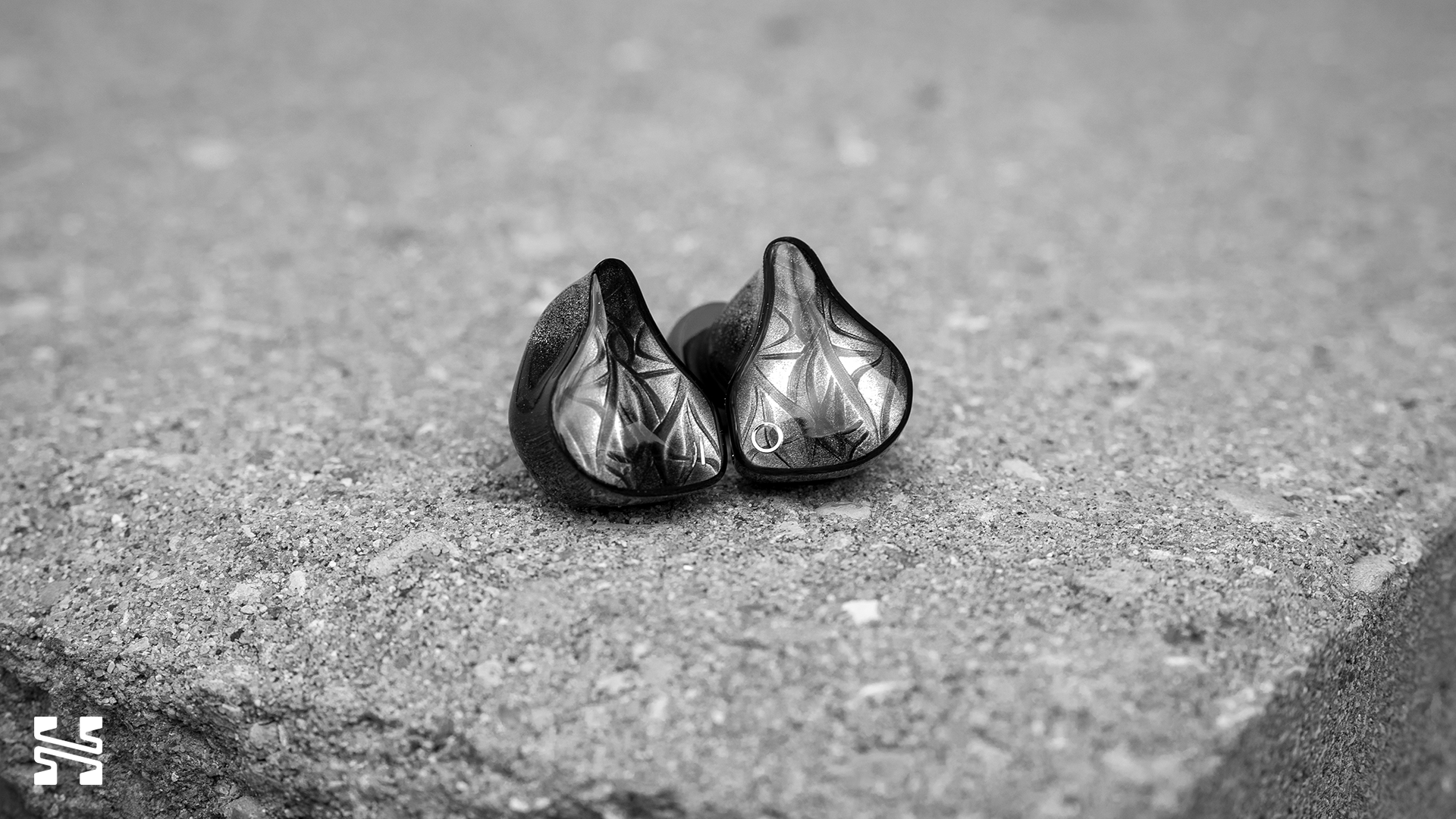
Mids
The midrange is where things get contentious. If you go by the preference bounds, the Volare is clearly forward sounding. The overall energy around the 1 - 4 kHz upper mids region gives rise to a wall-of-sound type of feeling when listening to energetic, vocal driven rock tracks. There is a vocal front at 1 - 2 kHz that pulls vocals to the edge of being shouty. Depending on your preferences, you might also hear that lower mids dip as being thin. Personally however, it’s minor enough that it’s the dominance of the upper mids that instead compels my attention.
If you aren’t bothered by the upper mids, what you have is an IEM that has an excellent sense of clarity and articulation. For instruments like acoustic guitars, I can really hear the subtle scraping of the strings as they’re strummed or the snappiness as they’re picked. Snare drums crack as the sticks hit the skin. Electric guitars have their characteristic grittiness. Ironically, I would say the Volare is best on recordings where vocals are mellower. It gives a break to the in-your-face presentation of the vocals and allows the instruments to shine.
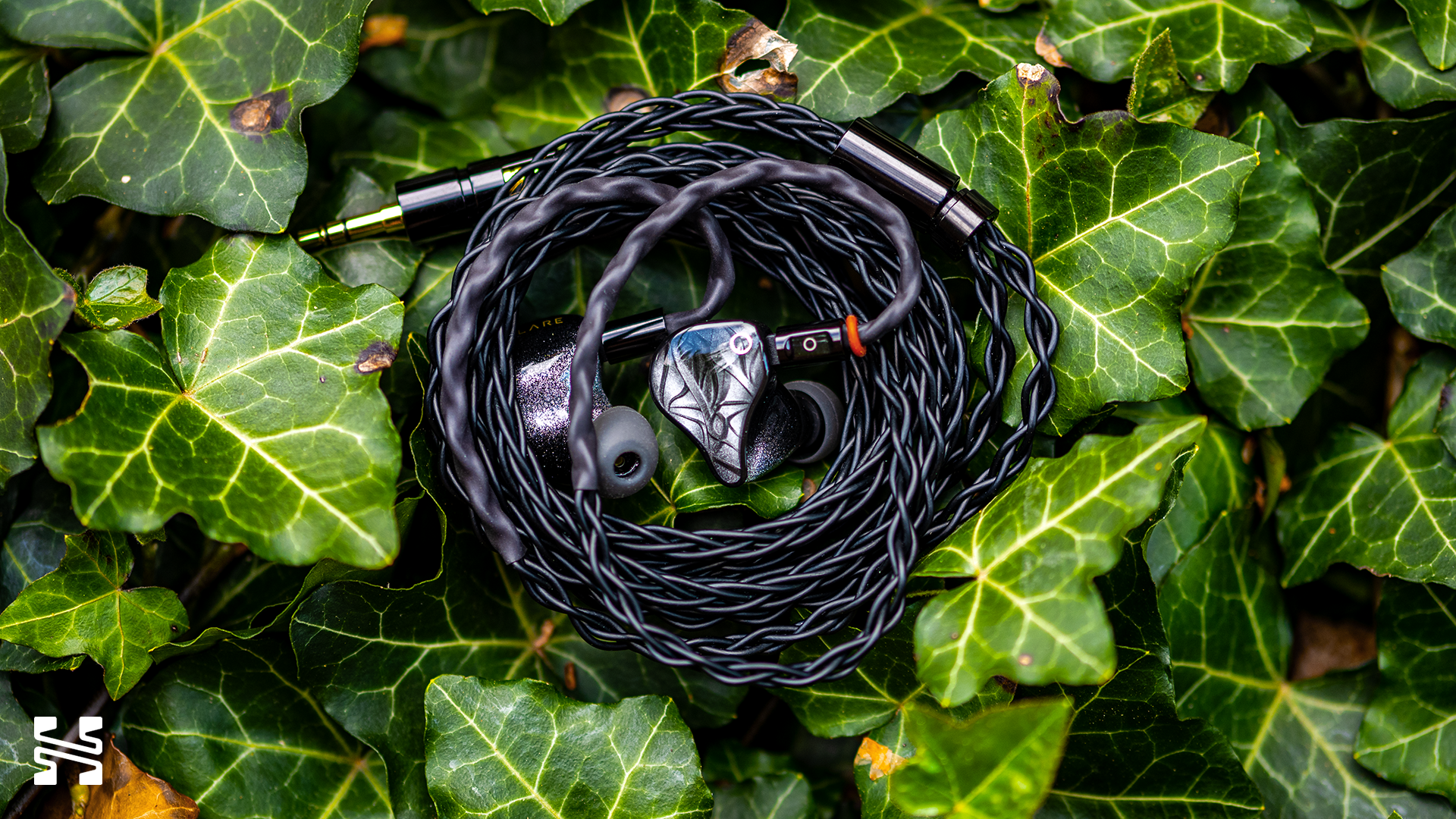
Treble
I find that the treble of the Volare is brilliant, but not bright. It’s balanced in relation to the rest of the tuning. That sense of clarity and articulation in the midrange is aided by the abundance of lower and mid-treble energy. Hats and cymbals have superb note definition. However, the upper treble roll-off does mean there is more of an emphasis on a crisp attack rather than the shimmer or decay. In other words, it does better on the ride cymbal vs the crash. Beyond this little nitpick I can’t say there’s anything about the treble that bothers me. There isn’t any sibilance or harshness present.
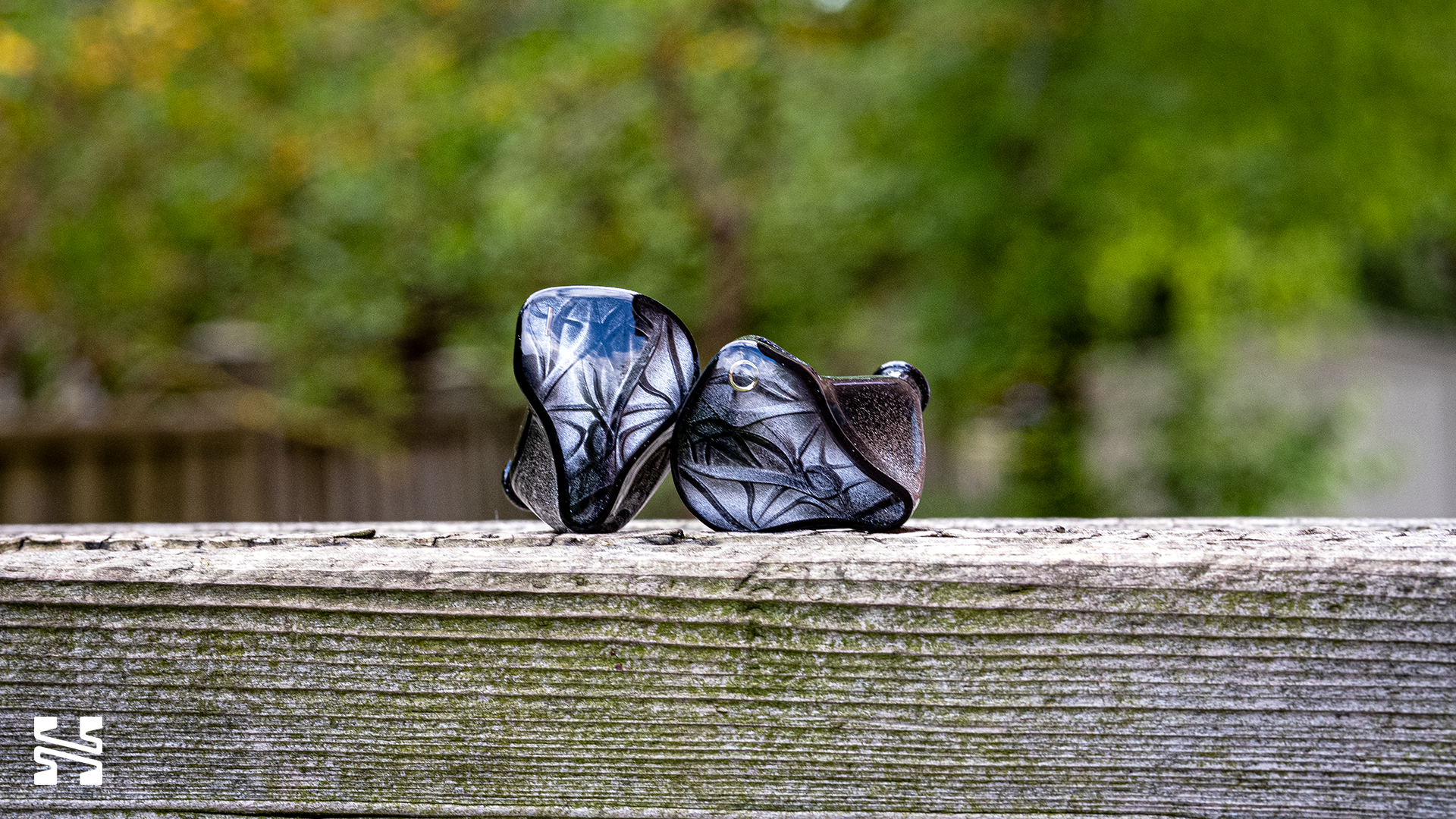
Presentation
As mentioned, the two standout qualities the Volare has on the technical front is its bass dynamics and general sense of articulation/resolution/nuance. The third quality I’d commend the Volare for is its imaging and layering. While its soundstage isn’t anything too impressive (good width, little depth and height), the imaging feels quite precise in how instruments are placed. This imaging gives rise to a nice layering ability where instruments are free to play around each other rather than on top of one another. Like many aspects of sound, this is a subtle but appreciable improvement on the sound.
Of course, if you’re chasing price-to-performance, $600 is definitely past the point of diminishing returns. But if you value this sort of technical ability, I do think the Volare’s is very solid for the price. IEMs that have all three of good bass impact, resolution, and layering are few and far between. While it definitely isn’t a leader in these parameters by any means, it’s a respectable performer.

Comparison to the Thieaudio Monarch MkII
While the Volare may cost $400 less, its frequency response immediately calls to mind that of the Thieaudio Monarch MkII. On the graph, the Volare looks to be a little more V-shaped with more bass and treble energy. While I don’t have the Monarch MkII with me to do a side-by-side comparison, it does correspond with how I hear it too. It’s a more vivid tuning. The Monarch MkII is better as a perceptually more balanced set and I find it has a more natural midrange and treble presentation.
Note that this is measured using my IEC-711 clone coupler. For comparative purposes only. Measurements in the treble beyond 8 kHz are not accurate. Refer to the B&K 5128 graph for better accuracy.
On a technical level, they’re about on par with one another. The Monarch MkII has slightly better detail retrieval. But the Volare clearly wins in terms of bass dynamics. For $400 less, I think the Volare is going to be the better buy. The fit and comfort advantage the Volare has is also not to be underestimated.

Should You Buy It?
Maybe. On one hand, the I\O Audio Volare represents the highlights of yesterday. It’s an IEM that has taken the learnings of some of the most popular IEMs from the past year or two and either matched or improved upon them at a good price. At the same time, if you subscribe to the “new tuning meta” as Listener puts it in his DUNU x Gizaudio DaVinci review, the Volare probably won’t interest you. I think if you’ve heard the Thieaudio Monarch MkII (or a similar IEM) in the past and enjoyed that sort of sound, the Volare is a solid option.
But if you’re buying without any prior experience, I’d point you towards the aforementioned DaVinci, Thieaudio Hype 4, MoonDrop x Crinacle DUSK, or Hisenior Mega5EST. All of those IEMs are significantly cheaper and are tuned to updated guidelines. The only caveat is that they won’t have the same perceived technical qualities as the Volare, so if that’s your priority and you liked how I’ve described it, then the Volare it is. Or you could wait some more to see how the IEM landscape shakes out.
Personally, I like the Volare. Yes, it can come on too strong in a good portion of my rock heavy, vocal driven library, but as a whole I did enjoy listening to music with the Volare. Instrumentals and pop tracks were particularly enjoyable. While it wasn’t the most innovative, I\O Audio should be pleased with their first release. The ball is now in their court to release their next IEM and hopefully, we’ll see a version that’s tuned to the “new tuning meta”.
